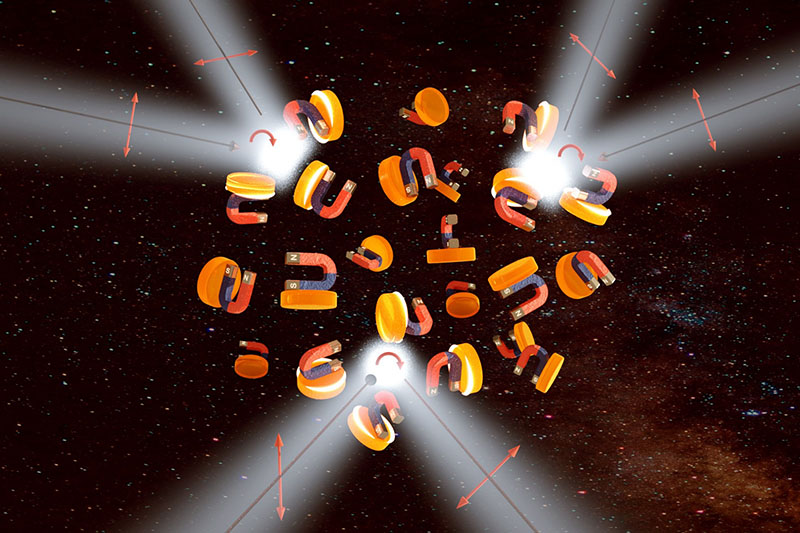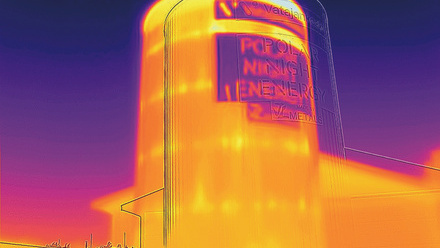'True one-way glass' with solar future
Researchers in Aalto University, Finland, claim their metamaterial is 'true one-way glass' previously deemed beyond existing technologies.

'Just imagine having a window with that glass in your house, office, or car. Regardless of the brightness outside, people wouldn’t be able to see anything inside, while you would enjoy a perfect view from your window,' says Shadi Safaei Jazi, a doctoral researcher at the University.
The metamaterial reportedly takes advantage of the nonreciprocal magnetoelectric (NME) effect.
The NME phenomenon occurs when magnetisation is induced by the electric component of the electromagnetic wave, and polarisation is generated by its magnetic component.
The NME phenomenon in natural materials is negligible in the optical range, because of the weak magnetisation effect. However, it can be enhanced using metamaterials and metasurfaces.
The work claims to be 'the first optical NME metamaterial without the requirement of external magnetic bias and relying on conventional materials and nanofabrication techniques', says Safaei Jazi. This would open up realistic industrial applications for the NME effect.
Safaei Jazi says, 'The NME effect has remained elusive for realistic applications despite its anticipated pioneering impact on fundamental (e.g. axion electrodynamics) and applied physics (e.g. magnetless isolators).
'Although several proposals were presented to achieve a significant NME effect based on metamaterials (higher than that in some natural materials), most of them were limited to the microwave frequency range rather than the optical frequencies.
'Furthermore, the implementation of an isotropic 3D NME metamaterial based on the previous proposals at microwave range and recent ones at optical frequencies is unfeasible with available technology.'
The 3D metamaterial Aalto proposes is formed, Safaei Jazi says, 'by randomly oriented bi-material nanocylinders in a host medium (that here is considered to be air for simplicity).
Each nanocylinder consists of a ferromagnet in a single-domain magnetic state (we consider cobalt) and a high-permittivity dielectric operating near the magnetic Mie-type resonance (we consider silicon)'.
One of the reported applications of such magnetoelectric colloids is designing a true one-way glass, potentially allowing a variety of technological breakthroughs.
Glass currently called ‘one-way’ is semi-transparent, letting light through in both directions. When the brightness is different between the two sides (for example, inside and outside a window), it acts like one-way glass.
However, an NME-based one-way glass would not need a difference in brightness because light could only go through it in one direction.
Safaei Jazi explains, 'Such glass would incorporate several layers of magnoelectric coatings on top of a conventional glass surface. Conventional technology for such a glass would require strong and bulky electromagnets surrounding the glass to create magnetisation, which breaks reciprocal light transmission.
'However, the electromagnets in this case would completely obscure the view and make the system opaque to light from both directions.'
The proposed one-way glass here is based on magnetoelectric composites and reported to have strong spontaneous magnetisation without external magnetic fields, as well as exhibiting one-way light transmission.
Safaei Jazi says, 'If technology succeeds, this one-way glass could also make solar cells more efficient by blocking the thermal emissions that existing cells radiate back toward the sun, which reduces the amount of energy they capture.'
The researchers are working on the implementation of 2D and 3D composites, and the results are 'satisfactory' according to Safaei Jazi.







